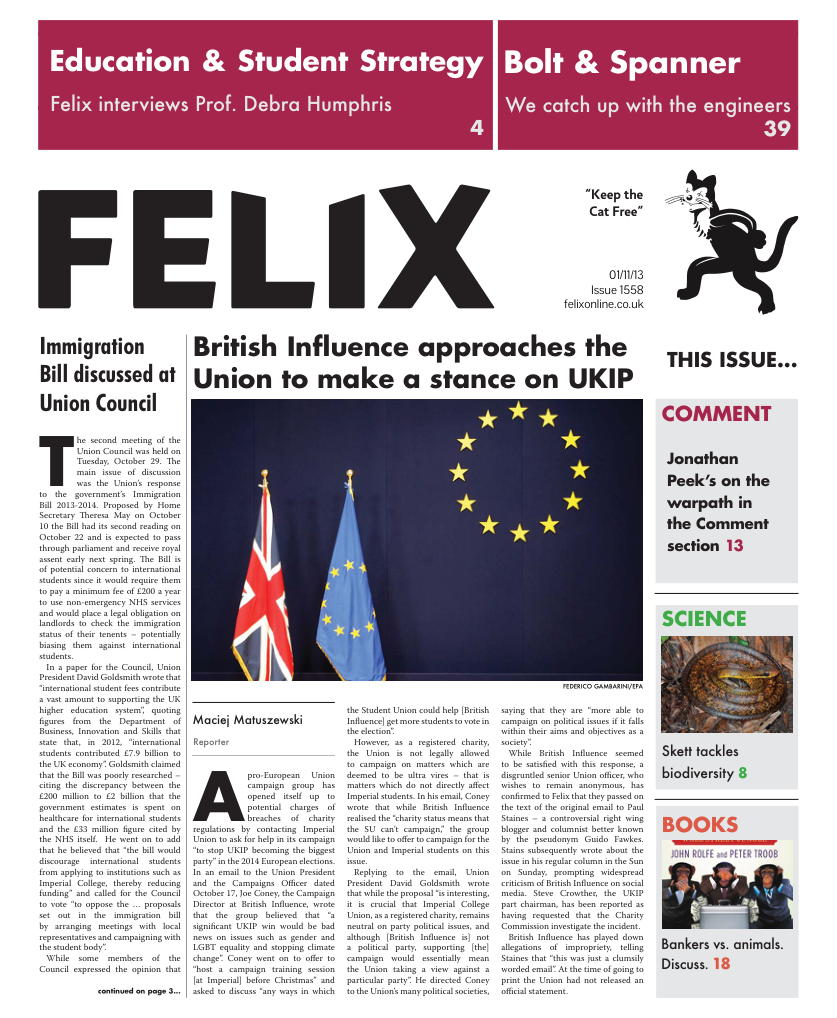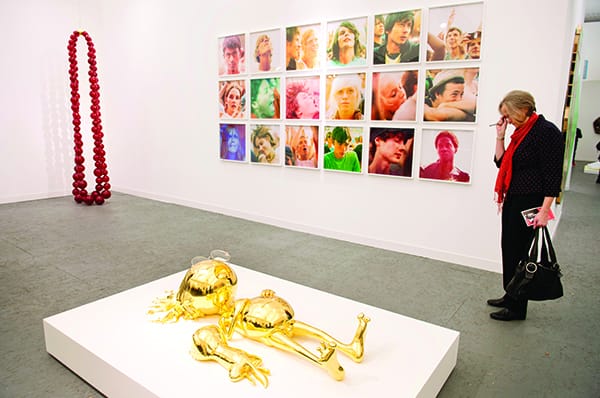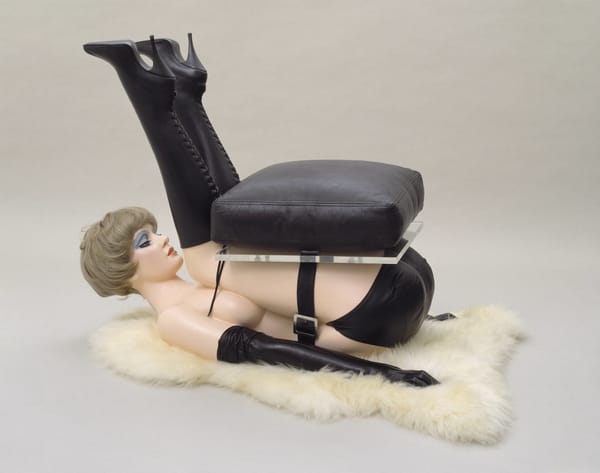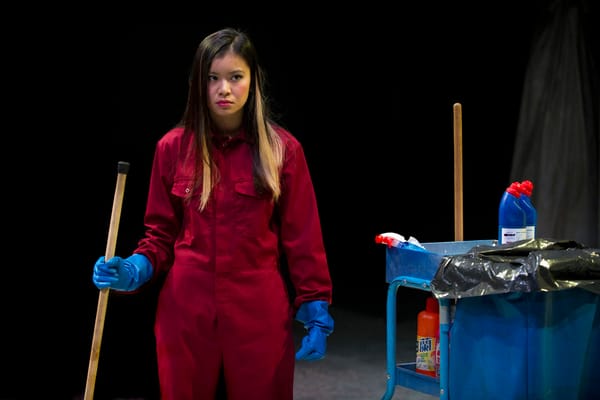Paul Klee made visible at Tate
Making visible: what an unimaginative name for an art exhibition! – This was my first thought, but the Paul Klee exhibition in the Tate Modern surprisingly deserves that name. Through a collection of pictures it conveys a lot more than “just” art...
Making visible: what an unimaginative name for an art exhibition! – This was my first thought, but the Paul Klee exhibition in the Tate Modern surprisingly deserves that name. Through a collection of pictures it conveys a lot more than “just” art: the artist, the context and of course the idea behind each picture is literally “made visible”. The collection tells Klee’s story: from first attempts, to developing a personal style, it takes you across the artist’s different phases. Klee emphasises and develops on colour, then content, or shape, and experiments with elements of most art movements of the time. More than “just” Klee, you get your fix of fauvism, cubism, abstraction, symbolism, surrealism and even caricature. All in one go, Klee style. Klee has the qualities most Imperial students can empathise with: meticulous precision, dedication and a constant striving for innovation. From descriptions of the works you get a sense of his extensive cultural knowledge and constant fascination with the world around him. Klee’s passion is further shown by his innumerable technique developments, as well as his dedication to teaching. Klee worked for it, but makes it look so fun and easy. That’s admirable. There are a few take home messages. If you’re the type who likes to pick up that brush once in a while, this is definitely the place for inspiration – Klee’s techniques are simple and explained well enough to try out back at home. When reading the displayed text, you get an understanding of the historic and art-historic context. Impressive fellow artists and the historic turmoil of the early 20th century adds depth of understanding to the paintings you see. The collection culminates at Klee’s best. All the elements Klee experimented with earlier seem to be combined, his style found: meticulous precision, bold lines, symbolism and fitting colour. The large, thought provoking paintings of Klee’s later life manage to reflect both Klee’s deteriorating health as well as the troubling political development. You get the feeling Klee had this last, urgent necessity to leave behind a message. Never aggressive, never openly criticising, the art of his last years is not as light-hearted as previous works, but it does quite clearly express concern, anxiety and urgency. So “making visible” actually has a bit more substance than an advertising gag. The exhibition displays a solid collection and well-guided run-through of Klee’s work. However, don’t expect anything life-changing. Definitely go if you like early 20th century art; this is your heaven! It’s also worth a look if you don’t really know your way around art of the early 20th century but want to give it a go: Klee’s many styles make for a great introduction! It also makes for extravagant conversation material if you’re tired discussing coursework and lectures with friends. But perhaps don’t bother if you start with the free bit of Tate modern and realise after the 2nd room you’d rather get back to the South Ken library.









